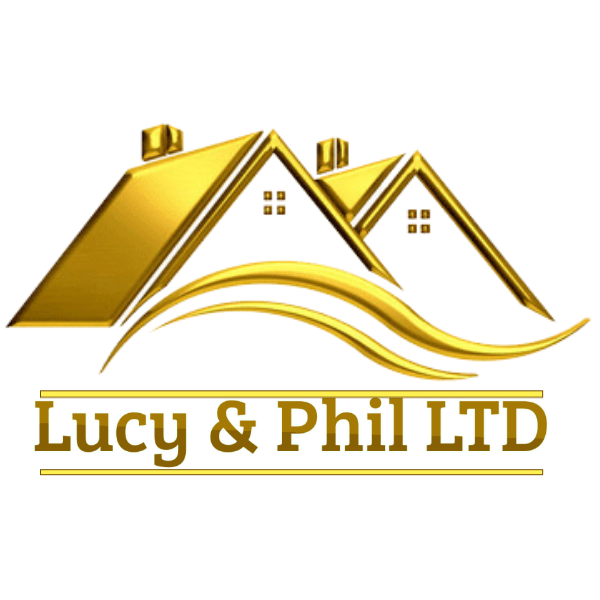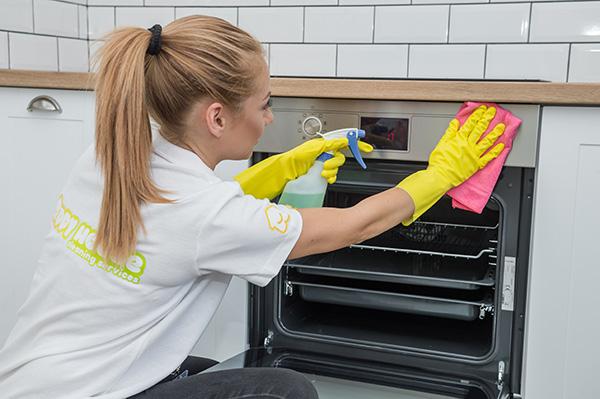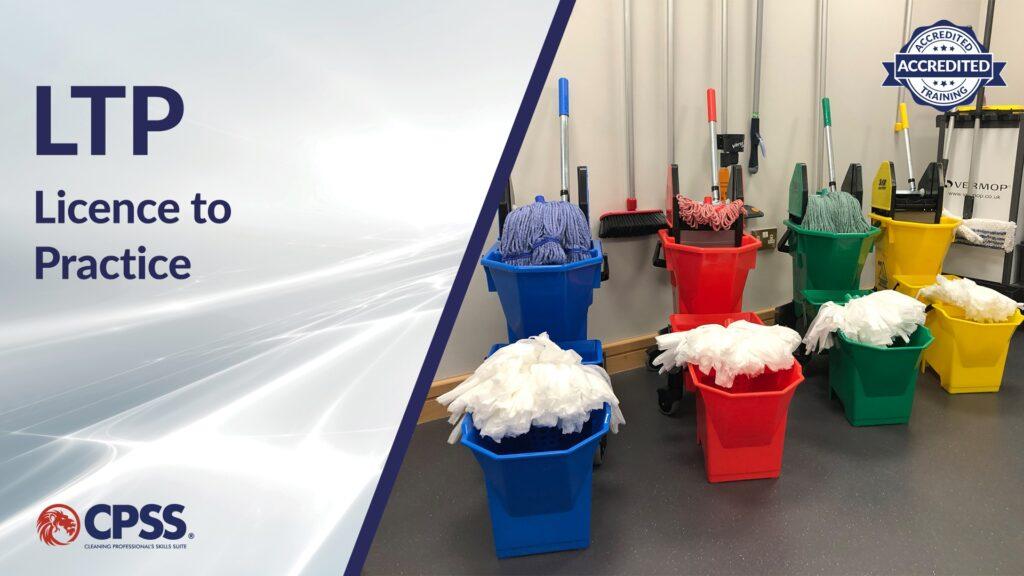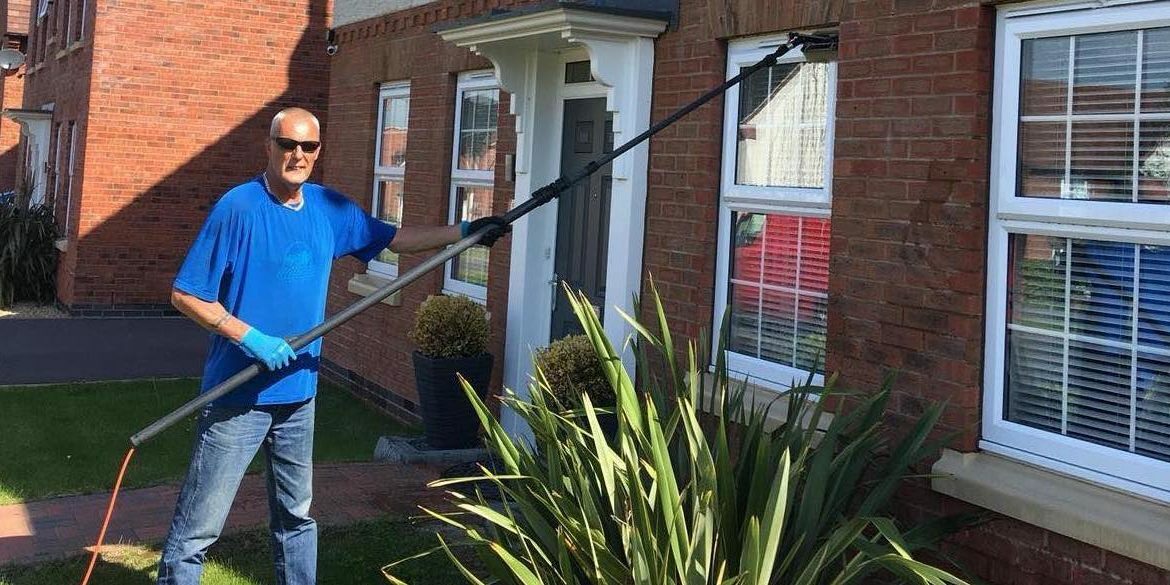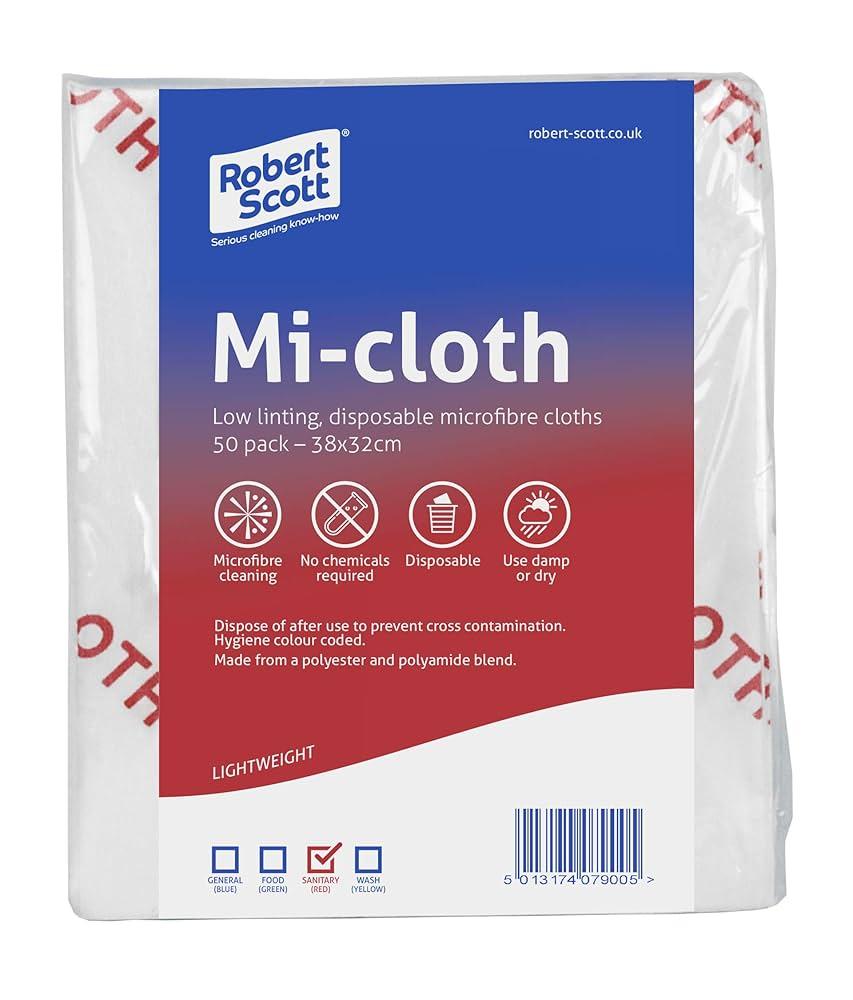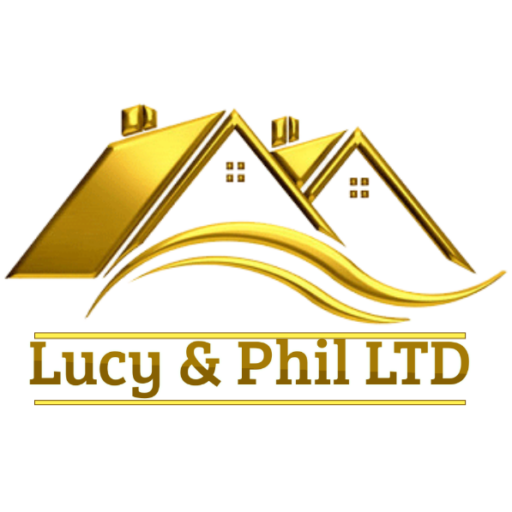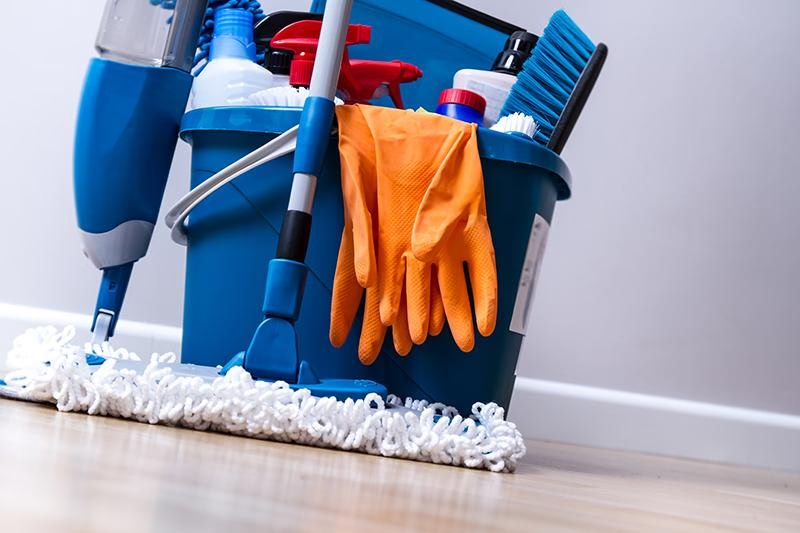
Before most high streets stir and long after office lights dim, an unseen network keeps the country ticking over: the professional cleaning sector. From Victorian terraces in Manchester to glass towers in Canary Wharf, specialist teams move through homes, hospitals, schools, warehouses and building sites, restoring order with a blend of routine and precision. What was once a straightforward mop-and-bucket trade now spans infection control and biohazard response, end‑of‑tenancy turnarounds, post‑construction clear‑ups, high‑level window work and the careful revival of carpets, stone and upholstery.
In the UK, expectations have sharpened. Stricter hygiene standards, sustainability goals and tighter compliance frameworks sit alongside everyday practicality: reliability, vetted staff, transparent pricing and minimal disruption. Technology has reshaped the toolkit, from HEPA filtration and water‑fed poles to scheduling apps and digital quality audits, while eco‑label detergents and waste‑reduction policies increasingly influence purchasing decisions. The market itself is a mosaic-local independents and national providers, ad‑hoc callouts and long‑term facilities contracts-each calibrated to the rhythms of different buildings and budgets.
Understanding this landscape means looking beyond a polished surface to the systems, skills and safeguards behind it: training and accreditation, health and safety obligations, environmental commitments and the subtle trade‑offs between cost, speed and depth of clean.
Table of Contents
- From domestic homes to CQC compliant clinical spaces choosing the right UK cleaning specialist by sector
- What credentials really matter in the UK BICSc training DBS checks COSHH RAMS ISO 9001 and 14001 and public liability insurance to verify
- Pricing clarity for UK cleaning services typical hourly ranges per square metre quotes consumables included SLAs break clauses and TUPE considerations
- Proven hygiene and sustainability practices colour coded microfibre EN1276 and EN14476 tested products ATP audits and Real Living Wage providers to prioritise
- Insights and Conclusions
From domestic homes to CQC compliant clinical spaces choosing the right UK cleaning specialist by sector
From a cosy flat to a high-traffic office, a food-safe kitchen or a surgery suite that must satisfy Care Quality Commission (CQC) expectations, the smartest move is to match the provider’s expertise to the environment’s risk profile. Domestic sparkle is about trust, detail and care; commercial sites demand KPIs, RAMS and uptime; education settings lean on DBS-checked teams; hospitality needs front-of-house finesse; and clinical spaces require auditable infection control aligned to the National Standards of Healthcare Cleanliness. A sector-fit partner will evidence method statements, BICSc-trained operatives, and compliance-ready documentation that stands up to inspections and stakeholder scrutiny.
- Insurance & vetting: Public liability, employer’s liability, enhanced DBS where relevant.
- Standards & compliance: BICSc training, COSHH risk assessments, RAMS, supports CQC requirements in clinical settings.
- Infection control: Colour-coded systems, EN-standard disinfectants, touchpoint regimes, ATP testing where appropriate.
- Waste & hygiene: Segregation and consignment notes; HTM 07-01 familiarity for healthcare; sharps protocols.
- Food safety (hospitality): HACCP awareness, Food Hygiene Level 2 staff, allergen-safe practices.
- Reporting: Digital audits, photos, SLA tracking, clear escalation paths.
- Sustainability: ISO 14001, eco-chemicals, dose-control, water/energy-conscious methods.
- Continuity: Trained cover teams, holiday/sickness resilience, TUPE-savvy for mobilisations.
Use the quick matrix below to map your environment to the skills and assurances that matter. The right choice balances sector-specific know‑how, measurable outcomes, and transparent documentation, so standards aren’t just promised-they’re proved.
| Sector | Priority | Must‑haves | Frequency | Good signs |
|---|---|---|---|---|
| Home | Care & trust | Insured, references, checklists | Weekly/bi‑weekly | Same-team continuity |
| Office | Uptime & optics | RAMS, BICSc, out‑of‑hours | Daily | SLA-led audits |
| Hospitality | Hygiene & speed | HACCP, Food L2, grease control | Daily + turnarounds | Front/back‑of‑house zoning |
| Retail | Brand shine | Glass/carpets, waste logs | Daily | Peak‑time lite cleans |
| Education | Safeguarding | Enhanced DBS, term‑time plans | Daily + deep‑cleans | Holiday project work |
| Clinic | Infection control | CQC support, NSHC, HTM 07‑01 | Daily + scheduled decons | ATP checks, auditable trails |
What credentials really matter in the UK BICSc training DBS checks COSHH RAMS ISO 9001 and 14001 and public liability insurance to verify
Trustworthy cleaners bring proof. Look for operatives with BICSc (British Institute of Cleaning Science) training that shows practical competency, and ask for recent DBS checks when work involves homes, schools or sensitive sites. Safe product handling is non‑negotiable: providers should demonstrate COSHH awareness with product data sheets and toolbox talks, and produce site‑specific RAMS so you know how risks are controlled in your environment. Don’t accept vague assurances-request certificate numbers, issue dates and named contacts for verification.
For consistent delivery, quality and sustainability should be evidenced by ISO 9001 (quality management) and ISO 14001 (environmental management), ideally certified by a UKAS‑accredited body. Finally, insist on current public liability insurance (many commercial clients expect £5m cover) that matches the scope of work. A credible firm will share documentation quickly and walk you through how these standards shape their day‑to‑day cleaning, supervision, audits and reporting.
- BICSc: Ask for member ID or certificate; confirm modules relevant to your site.
- DBS: Check type (basic/standard/enhanced) and issue date for active staff.
- COSHH: Request safety data sheets and training logs for chemicals in use.
- RAMS: Review a recent, site‑specific set-risk controls should match your premises.
- ISO 9001/14001: Verify certificate number, expiry, and UKAS logo on the cert.
- Public Liability: Confirm insurer, policy number, indemnity limit and renewal date.
| Credential | Quick Proof | Red Flag |
|---|---|---|
| BICSc | Member ID, module list | No evidence of training |
| DBS | Certificate type/date | Out‑of‑date or generic |
| COSHH | SDS + training log | Missing data sheets |
| RAMS | Site‑specific document | Copy‑paste template |
| ISO 9001/14001 | UKAS‑backed cert | No UKAS on cert |
| Public Liability | Policy + limit shown | Unclear cover level |
Pricing clarity for UK cleaning services typical hourly ranges per square metre quotes consumables included SLAs break clauses and TUPE considerations
Transparent pricing in the UK often blends hourly rates with per m² benchmarks so you can compare like-for-like. Expect general commercial cleaning to sit around £15-£25 per hour ex VAT, rising to £22-£40 for deep, post-build, or clinical work; London and out-of-hours premiums typically add 10-20%. Many contracts convert scope into area-based guides to reflect productivity, site access, and periodic tasks. Always clarify whether consumables (chemicals, bin liners, paper, soap) are included, billed at cost, or provided by you, and note any minimum hours, equipment hire, parking, or waste disposal surcharges.
| Service | Hourly (ex VAT) | Guide per m² | Consumables |
|---|---|---|---|
| Office daily clean | £15-£22 | £0.90-£1.60 per m²/month | Optional bundle |
| Deep clean | £22-£35 | £1.50-£3.50 per m² (one-off) | Chemicals incl. |
| Builders/sparkle | £25-£40 | £2.50-£5.00 per m² (one-off) | Incl., waste extra |
| Healthcare/clinical | £22-£40 | £1.20-£2.20 per m²/month | By protocol |
- Check what’s in scope: frequency, periodic tasks (carpet, high-level, kitchen), machinery, and supervision time.
- Consumables policy: itemised at cost, fixed bundle, or client-supplied; confirm stock levels and delivery.
- Add-ons: out-of-hours uplift, access/induction, DBS checks, key-holding, waste transfer, and parking.
- Indexation: CPI/NLW-linked reviews keep pricing sustainable over multi-year terms.
Contract confidence rests on clear SLAs and fair break clauses. Define KPIs (audit scores, attendance, response/rectification windows), evidence standards, and dispute steps; typical rectification windows are 4-24 hours for hygiene-critical issues, with scheduled audits monthly. Reasonable exit mechanics include 30-60 days’ notice for convenience after an initial term, plus immediate or short-notice termination for persistent KPI failure or H&S breaches. If changing providers, plan for TUPE (Transfer of Undertakings) obligations: request anonymised ELI, align pay/holiday liabilities, consult affected staff, and agree a mobilisation timeline that protects service continuity. A concise scope, measurable quality thresholds, and explicit consumables ownership reduce grey areas and keep both budget and outcomes predictable.
Proven hygiene and sustainability practices colour coded microfibre EN1276 and EN14476 tested products ATP audits and Real Living Wage providers to prioritise
Across UK sites, we align spotless results with reduced environmental impact by deploying colour‑segregated microfibre systems that cut cross‑contamination at source and minimise single‑use waste. Our teams select disinfectants tested to EN1276 (bactericidal) and EN14476 (virucidal), pairing them with closed‑loop dosing for precise, low‑waste application. Refillable concentrates, energy‑efficient equipment, and recycling‑ready consumables keep footprints lean while safeguarding staff and visitors in healthcare, education, retail, and corporate settings.
- Zone clarity: Red/blue/green/yellow microfibre splits for washrooms, kitchens, general areas, and clinical touchpoints.
- Chemical light, efficacy high: Microfibre mechanically lifts soils; EN‑standard agents target pathogens when disinfection is required.
- Smart dosing: Sealed cartridges prevent overuse and worker exposure; data labels aid COSHH compliance.
- Refill and recover: Reusable bottles, recycled liners, and segregated streams for paper, plastic, and WEEE.
| Practice | Outcome |
|---|---|
| Colour‑coded microfibre | Cross‑contamination control, fewer disposables |
| EN1276/EN14476‑tested agents | Targeted kill claims under lab conditions |
| ATP swab audits | Rapid, quantifiable hygiene verification |
| Closed‑loop dosing | Lower chemical waste and predictable cost |
| Real Living Wage teams | Higher retention and consistent standards |
Quality and fairness move in step: routine ATP audits validate cleaning outcomes with luminometry, set site‑specific thresholds, and drive swift corrective action on high‑touch surfaces. We prioritise providers that are Real Living Wage employers, supporting trained, motivated teams who follow clear SOPs, traceable schedules, and COSHH‑aware methods. The result is a dependable, auditable service model-complete with trend reports and sustainability scorecards (chemical use per m², water and energy savings, and recycling rates)-that balances safety, value, and environmental stewardship across every contract.
Insights and Conclusions
In the end, professional cleaning in the UK is less about sparkle and more about standards. From one-off deep cleans to ongoing commercial contracts, the best providers pair trained teams with clear processes, compliance, and accountability. If you’re weighing up your options, let your decision rest on practical signals: transparent pricing, proof of insurance, relevant accreditations (think BICSc, SafeContractor, CHAS, ISO 9001), up-to-date risk assessments and COSHH controls, and a willingness to tailor scope without cutting corners. Sustainability credentials and waste handling also matter, and recent, verifiable reviews will tell you how those promises play out on the ground.
Whether you’re in a Victorian terrace in Leeds or a co-working space in Bristol, a well-chosen service should make maintenance predictable, not precarious-protecting assets, health, and time. The UK market is competitive enough to meet almost any brief; your task is to match the brief to the right partner.
A clean space doesn’t shout for attention; it quietly enables everything else. If you decide to bring in professionals, compare like for like, ask precise questions, and set clear outcomes. The right fit will feel calm, consistent, and, after a while, almost invisible-leaving you free to focus on what you actually came here to do.
